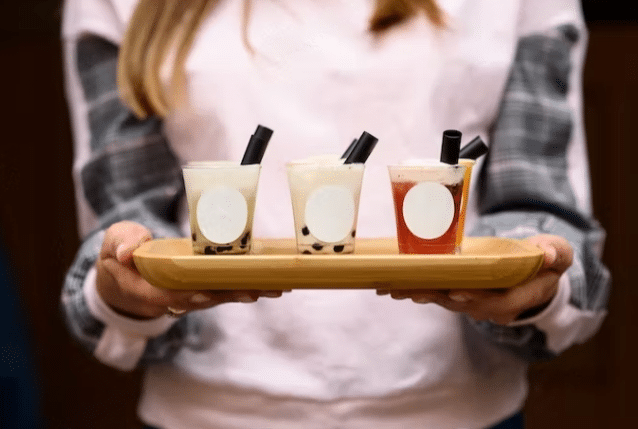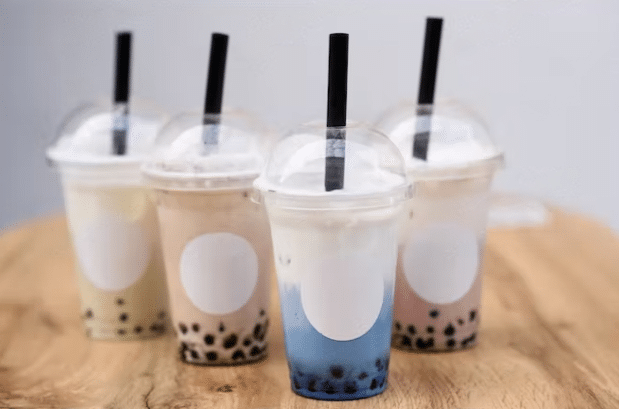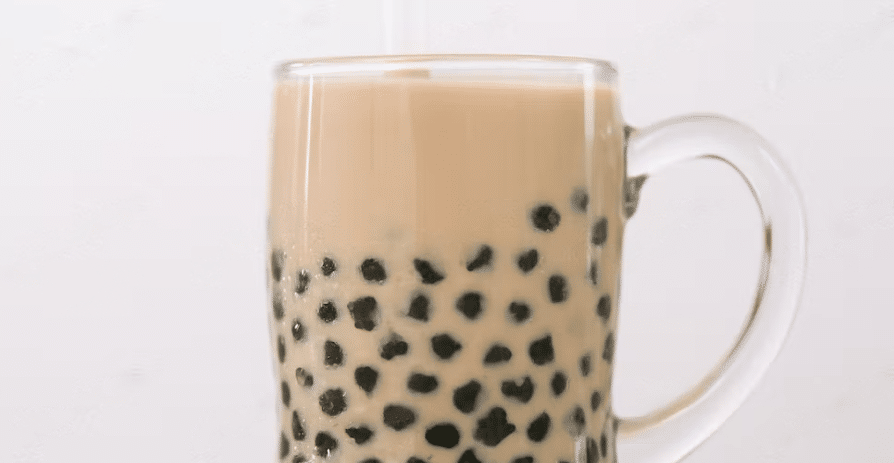
Bubble tea has become increasingly popular in recent years, attracting diverse drinkers. The sweet, refreshing drink originated in Taiwan in the 1980s and has since spread globally, with bubble tea shops in major cities worldwide. But who exactly is drinking this unique beverage?
Overview Of The Bubble Tea Market
Contrary to popular belief, bubble tea isn’t just for young people. While it’s true that many teenagers and college students enjoy the drink, research shows that adults of all ages also enjoy bubble tea.
A survey conducted by food industry experts found that more than half of all bubble tea consumers are over 25. This suggests that bubble tea has become more mainstream and is no longer just a trendy product marketed towards younger demographics.
Allied Market Research shows the global bubble tea market is expected to reach $3.2 billion by 2023. The United States is one of the fastest-growing markets for this beverage, with an expected growth rate of over 7% from 2019-2026.
Market Demographics For Bubble Tea

As bubble tea continues to gain popularity worldwide, it’s important to understand the demographics of its consumer base. Let’s get into it:
Age And Gender
According to recent studies, bubble tea is particularly popular among younger generations. Most bubble tea consumers are between 18 and 30 years old, with an increasing number being teenagers. This younger demographic is attracted to the trendy image associated with bubble tea shops and their social media presence.
In addition to age groups, gender plays a role in who consumes bubble tea. While both men and women enjoy this beverage, studies show that women are more likely to be regular consumers than men.
Ethnicity And Cultural Background
According to recent studies, certain ethnicities are more likely to indulge in bubble tea than others.
One study found that Asian Americans were the largest demographic of bubble tea drinkers, followed by Hispanic/Latinx Americans and African Americans. This is unsurprising, given that bubble tea originated in Taiwan and has roots in East Asian culture.
However, it is interesting to note that as bubble tea gains popularity among non-Asian communities, its consumer base becomes increasingly diverse.
Education And Income
A recent study by market research firm Mintel revealed some interesting insights into bubble tea consumers’ education and income demographics. According to Mintel’s findings, 38% of bubble tea drinkers hold a bachelor’s degree or higher, significantly higher than the national average (33%).
This suggests that bubble tea may be more popular among educated millennials with a higher disposable income for speciality beverages. Additionally, 29% of bubble tea drinkers earn an annual household income of $75,000, compared to only 20% of non-bubble tea drinkers.
These numbers indicate a strong correlation between education level and income with bubble tea consumption. This information could be valuable for businesses looking to target their marketing efforts towards this demographic group.
Geographic Location
Bubble tea has recently become a popular beverage choice, particularly among young adults. While it may seem like the drink is enjoyed universally across all regions, there are certainly geographic differences in who consumes bubble tea.
A study found that most bubble tea consumers are located in Asia, with countries like Taiwan and China being among this beverage’s top producers and consumers. However, North America and Europe have also seen significant growth in demand for bubble tea over recent years. In North America, major cities like New York and Los Angeles have emerged as hotspots for bubble tea shops due to their large Asian populations.
Additionally, coastal states such as California and New York tend to have larger populations of bubble tea drinkers due to their proximity to Asian communities where the drink originated.
Urban areas tend to have more bubble tea consumers than rural areas. This makes sense, given that cities often have a more diverse population with access to trendy food and drink options.
Interestingly, despite its Asian roots, bubble tea has also gained popularity among Hispanic communities in certain parts of the United States.
Factors Affecting Bubble Tea Consumption

Bubble tea has become a popular drink across the globe in recent years. With its unique flavours and textures, it is unsurprising that many people have fallen in love with this beverage.
However, several factors affect bubble tea consumption.
Age
One of the main factors affecting bubble tea consumption is age. Younger generations tend to be more open-minded when trying new things, including different types of bubble tea. Additionally, gender also plays a role, as some flavours are perceived as more feminine or masculine.
Location
Another significant factor is location. Bubble tea shops located in urban areas or near universities tend to have higher sales because they cater to younger individuals who seek trendy experiences and social media-worthy drinks. The availability of other beverages, such as coffee or smoothies, can also impact the demand for bubble tea in certain locations.
Pricing
Pricing is another crucial factor influencing bubble tea consumption behaviour. Despite its growing popularity, the pricing of bubble tea can be a limiting factor for consumers. What affects bubble tea’s pricing is the type and quality of ingredients used to make it.
Bubble teas often use high-quality teas imported from other countries, fresh fruits, and natural sweeteners. These quality ingredients can raise the price of a cup of bubble tea.
Conclusion
Bubble tea consumers can be divided into four main demographics: age, gender, and ethnicity.
Firstly, age plays a significant role in determining bubble tea consumption. Most bubble tea drinkers fall within the 18-34 age range. This demographic group tends to be more adventurous with food and drink choices and more likely to seek new trends.
Secondly, male consumers have also started jumping on the bubble tea bandwagon despite being traditionally marketed towards females. Male consumption has increased significantly over the past few years as it has become more mainstream.
Thirdly, ethnic background is another important factor in determining bubble tea consumption patterns. Asians tend to consume more bubble tea due to its popularity in their culture.
Was this article helpful? Let us know in the comments.
FAQs
How has the pandemic affected bubble tea consumption?
The pandemic has decreased in-person bubble tea sales due to indoor dining and gatherings restrictions. However, many bubble tea shops have adapted by offering takeout and delivery options.
Is bubble tea more popular among a certain gender?
According to recent studies, females prefer bubble tea more than males. This could be due to various flavours and toppings catering to different tastes and preferences. Additionally, the colourful nature of bubble tea appeals more to women who enjoy posting pictures on social media platforms.
Are there any cultural or ethnic groups that consume more bubble tea than others?
While people of all cultures and ethnicities enjoy bubble tea, some groups are more likely to consume it than others. For example, bubble tea has strong roots in Asian culture and is particularly popular among Asian communities in Taiwan, China, Japan, Korea, and Malaysia.
In these countries and regions with significant populations of Chinese descent, such as Singapore or Hong Kong SAR, China bubble tea shops have been around for decades.






